How To Clean Treadle Sewing Machine Base Easily In 2024
Are you looking to clean your trusty treadle sewing machine base but aren’t sure of the best strategies?
This electric-free technology is a wonderful tool that requires special maintenance and care.
Luckily, with these tips, your next cleaning session can be easy and effective. Get ready to learn how to clean treadle sewing machine base!
Find out just what it takes for one of the most reliable pieces of equipment in your home studio or workspace your trusty old treadle sewing machine.
What Is a Treadle Sewing Machine Base?
A treadle sewing machine base is an old-fashioned type of machine that was used before electricity.
It relies on the user to provide power manually by using a foot pedal or treadle, which moves the needle bar and produces stitches without needing any kind of external power source.
This makes it ideal for sewers who want to work without bulky cords or noisy motors. With regular cleaning and maintenance, these vintage machines can still be used for many years to come!
Related Post: How to Put a New Sewing Machine in an Old Table
How To Clean Treadle Sewing Machine Base
- Begin by removing the bobbin case and any bobbins or threads currently in use. Set aside in a secure place for later re-installation.
- Now, unscrew the needle plate to reveal any accumulated debris that may have collected underneath it. Use a soft brush to remove all dirt and dust particles from both sides of the needle plate.
- Check the feed dogs and clean off any dirt or dust particles that have been collected there. Use a soft brush, taking care not to scratch the metal surface.
- With your vacuum cleaner and its upholstery nozzle attachment, vacuum all visible surfaces of the base. This will remove any cobwebs or accumulated dust particles from hard-to-reach areas.
- Once the entire base is cleaned, reassemble all of its parts and pieces in their original positions. Make sure to double-check that everything is firmly secured before using it again.
- Finally, use a soft cloth or microfiber towel to apply a light coat of oil to any metal surfaces on the treadle sewing machine, including the shaft and needle bar. This will help extend the life of your equipment by preventing rust buildup.
With these tips, you now know how to clean a treadle sewing machine base! It may take some time and effort, but this maintenance is essential for keeping your beloved piece of vintage technology in top shape.
Now get ready to keep on stitching with ease, knowing that your trusty machine is in great condition.
How do I safely Disassemble the Base for Cleaning?
Before you can safely disassemble the base of your sewing machine for cleaning, it’s important to make sure that the power cord is unplugged.
Then, use a screwdriver or wrench to gently loosen and remove any screws that may be on the base.
Next, carefully separate the two parts of the machine metal platform and the wood top-and remove any extra attachments or pieces.
Finally, use a soft brush and vacuum cleaner with its upholstery nozzle attachment to clean all dirt and dust particles from both the inside and outside of the machine.
Benefits of Using a Treadle Sewing Machine Base
Here are five fabulous benefits of using a treadle sewing machine base:
- Effortless Creativity: With a treadle sewing machine base, you can let your creativity flow freely. Sewing becomes a breeze as you work the pedal with your foot, allowing your hands to guide the fabric smoothly. It’s like dancing with your sewing projects!
- Eco-Friendly Stitching: Treadle machines are a green choice for the environmentally conscious. No electricity is needed, which means you’re reducing your carbon footprint. It’s sewing with a sustainable twist!
- Cost-Effective Charm: These machines are not only stylish but also budget-friendly. You won’t have to worry about hefty electric bills, making it a thrifty choice for sewists on a budget. Cha-ching!
- Built to Last: Treadle sewing machine bases are known for their durability. They’re often passed down through generations, a testament to their robust construction. That’s a quality that stands the test of time!
- Exercise While You Sew: Forget about hitting the gym; treadle sewing is a workout in itself! You’ll engage your leg muscles, tone your calves, and keep active while pursuing your sewing passion. Two birds, one pedal!
Expert Tips for a Sparkling Clean Base
- Regular Maintenance: Make cleaning your sewing machine base a part of your routine to prevent the buildup of dirt and grime.
- Delicate Approach: When scrubbing, use a light touch to avoid damaging the machine’s finish.
- Protective Cover: Consider using a protective cover when the machine is not in use to minimize dust accumulation.
How do I oil the Treadle Sewing Machine Base?
When it comes to maintaining your treadle sewing machine base, using oil is an important part of the process.
Begin by applying a light coat of oil onto all metal surfaces with a soft cloth or brush. Make sure to press firmly and evenly distribute the oil across the base so that it can properly penetrate into any nooks and crannies.
Additionally, pay extra attention to any hinges and joints, as this is where rust buildup can occur over time.
Finally, use a soft cloth or brush to remove any excess oil that may have been left behind.
How to Restore Singer Sewing Machine Base
If you have a vintage Singer treadle sewing machine base, the best way to restore it is through careful cleaning and preservation.
This includes removing all dust and debris that may have collected inside the machine over time.
To do this, use non-abrasive materials such as soft cloths or brushes to avoid scratching any metal surfaces.
Another step in restoring an old Singer machine is to remove and replace worn parts, such as the bobbin case, presser foot, needle bar, and tension spring.
Doing this will ensure that the machine is working properly and can produce reliable results for years to come.
Finally, use a light coat of oil on any metal surfaces to prevent rust buildup and keep your treasured piece of technology in great condition.
With these tips, you’ll be sure to have a well-preserved and reliable Singer machine for years to come!
How To Clean Cast Iron Sewing Machine Base Correctly?
Cast iron sewing machine bases require special care and maintenance in order to keep them in top condition.
To get started, begin by unplugging the power cord and removing any threads or bobbins from the machine.
Next, use a soft brush and vacuum cleaner with its upholstery nozzle attachment to remove all dirt and dust particles from both the inside and outside of the machine.
After this, remove any rust spots that may have formed on the surface of the base by using fine grit sandpaper and some oil.
This will help to reduce further corrosion from forming over time. Finally, apply a light coat of oil onto all metal surfaces to protect against rust buildup in the future.
With these steps, you can be sure to keep your cast iron sewing machine base looking like new for years to come.
How to do Polish and Restoration of the Antique Sewing Machine in 5 Steps?
If you’re lucky enough to own an antique sewing machine, then you know that proper care and maintenance is essential for keeping it in top condition. To get started on the process of polishing and restoring your vintage machine, follow these five simple steps:
- Begin by thoroughly cleaning the metal parts with a soft cloth or brush. Make sure to remove all dirt, dust, and debris that has built up over time.
- Next, apply a light coat of oil onto any metal surfaces that may have started to rust or corrode. This will help to reduce further damage from forming in the future.
- Once the metal parts are clean and polished, use fine-grained sandpaper to restore any dried or cracked paint on the machine.
- With the sandpaper, gently buff out any scratches or dents that may be present on the body of the machine.
- Finish up by using a soft cloth to clean and polish all of the parts one more time, ensuring that your beloved sewing machine is looking its best!
How do you Clean the Bottom of a Cast Iron Treadle?
Cleaning the bottom of a cast iron treadle may seem like a daunting task, but don’t fret! Here’s a straightforward guide to help you get that cast iron gleaming:
To get started, remove any loose dirt or lint from the surface using a brush or vacuum. Next, take a damp cloth and wipe down the entire treadle with warm, soapy water. Be sure to cover every inch for a sparkling result.
Finish off by using a dry cloth to remove any excess moisture before reassembling your sewing machine.
Once the cleaning is done, don’t forget to check that all bolts and screws are securely tightened. Loose fasteners can interfere with the machine’s performance.
For added protection and a polished look, consider applying a thin coat of oil or wax to the treadle surface. This simple step will keep it looking like new and guard against corrosion for years to come.
How Do You Clean A Wrought Iron Floor?
Cleaning a wrought iron floor is similar to cleaning the bottom of a cast iron treadle. Begin by sweeping or vacuuming the surface to remove any dirt or debris, and then use a damp cloth with warm, soapy water to wipe it down. Once you’ve finished wiping, be sure to dry the surface completely using a separate dry cloth.
For tougher stains, you may want to use a mild abrasive cleaner. Just remember to rinse the surface thoroughly after using any kind of cleaning agent—especially if it contains bleach or other harsh chemicals.
Finally, apply a protective layer of wax or oil to the flooring before reassembling your sewing machine. This will help keep your wrought iron floor looking beautiful and protect it from corrosion.
How to Remove Rust from Singer Sewing Machine Base?
Removing rust from a Singer sewing machine base can be a tricky task, but with the right tools and cleaning techniques, you’ll have it looking like new in no time.
Start by getting rid of dirt and dust using a soft brush or cloth. Prevent future rust by applying a light coat of oil on metal surfaces. Smooth out scratches or dents with fine-grit sandpaper. To finish, give it a final polish with a cloth for a flawless shine.
Tips and Tricks: Clean Treadle Sewing Machine
- Always remember to unplug the power cord before you begin any cleaning or maintenance projects on your sewing machine base.
- Regularly vacuum and clean the inside of the base to prevent dust buildup and blockages in the machine.
- Apply a light coat of oil onto all metal surfaces to protect against rust buildup or corrosion.
- Use fine-grit sandpaper to buff out any scratches or dents that may have formed on the base.
- Finish off with a soft cloth to clean and polish all of the parts one more time, ensuring that your beloved sewing machine is looking its best!
- In need of repairs or adjustments? Take your machine to a professional who can provide the necessary services.
Conclusion: How To Clean Treadle Sewing Machine Base
Taking the time to clean and maintain your sewing machine base is essential for producing quality stitching results. By following the steps outlined above, you can provide your trusty machine with the love it needs to continue producing reliable results! With these tips and tricks, you’ll be ready to take on any project that comes your way, whether you’re working with an antique or modern sewing machine. So don’t wait, start sprucing up your sewing machine today!
FAQs
Can I use regular household cleaning products on my sewing machine base?
It’s best to stick to mild dish soap and water to avoid damaging the machine’s finish.
How often should I clean the treadle sewing machine base?
Aim for a thorough cleaning every few months, or more frequently if you use the machine extensively.
Can I lubricate the base after cleaning?
Absolutely! Use a sewing machine oil recommended by the manufacturer to lubricate moving parts after cleaning.
What should I do if the machine’s finish gets scratched during cleaning?
If you notice any scratches, consider using a gentle polish recommended for sewing machines to restore the finish.
Is it okay to vacuum the base directly?
Yes, but make sure to use a brush attachment and set the vacuum to a gentle suction setting to avoid any damage.
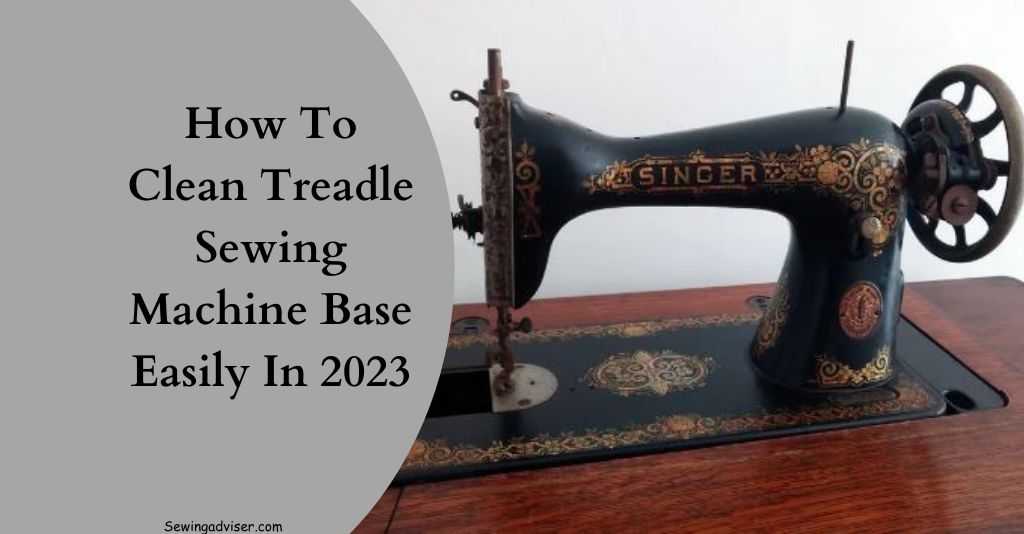
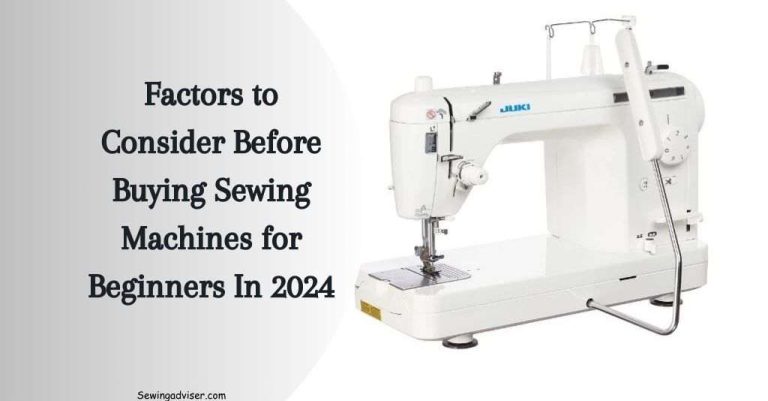
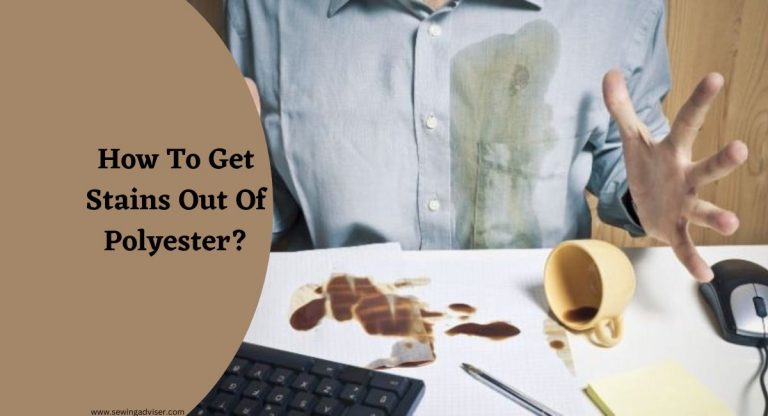
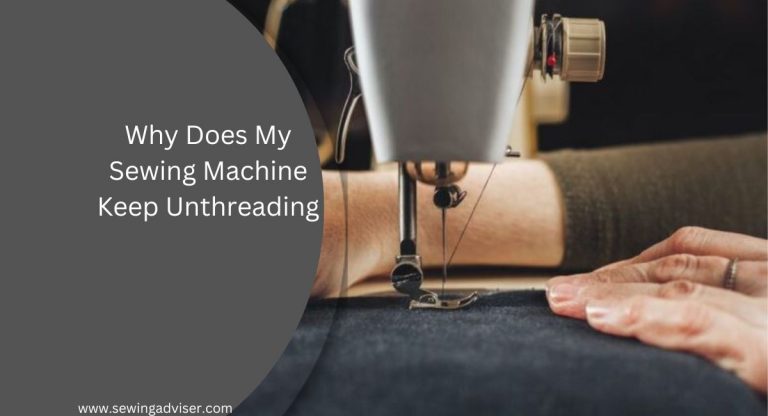
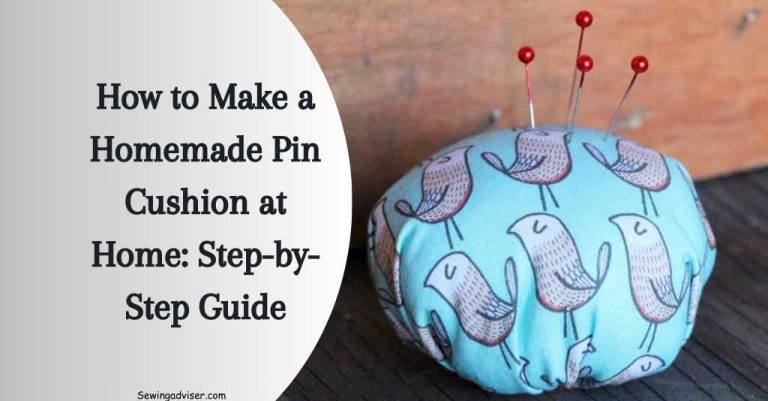
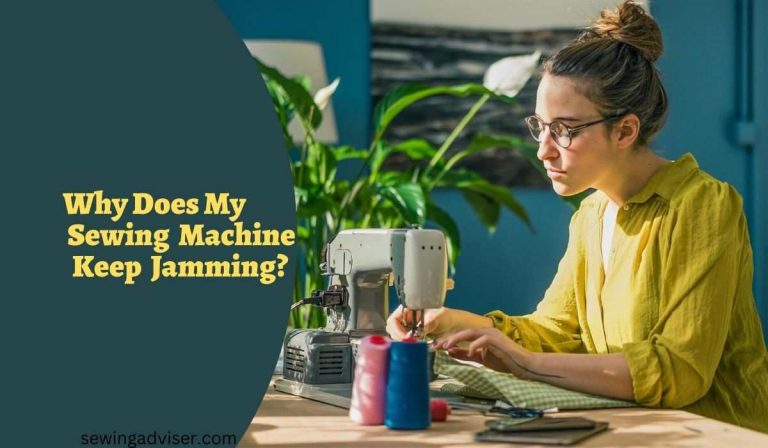
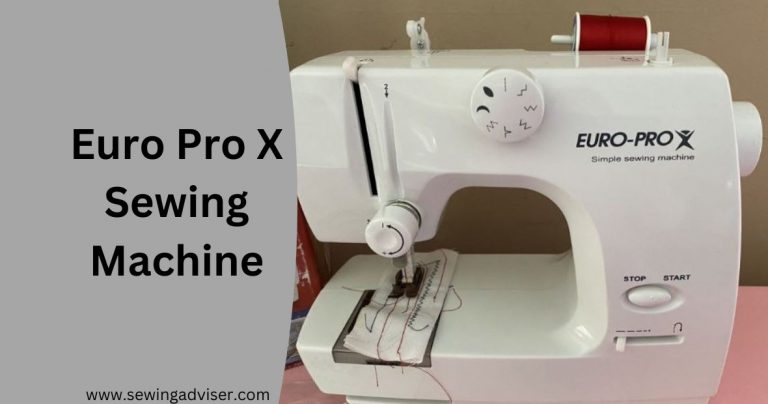
17 Comments